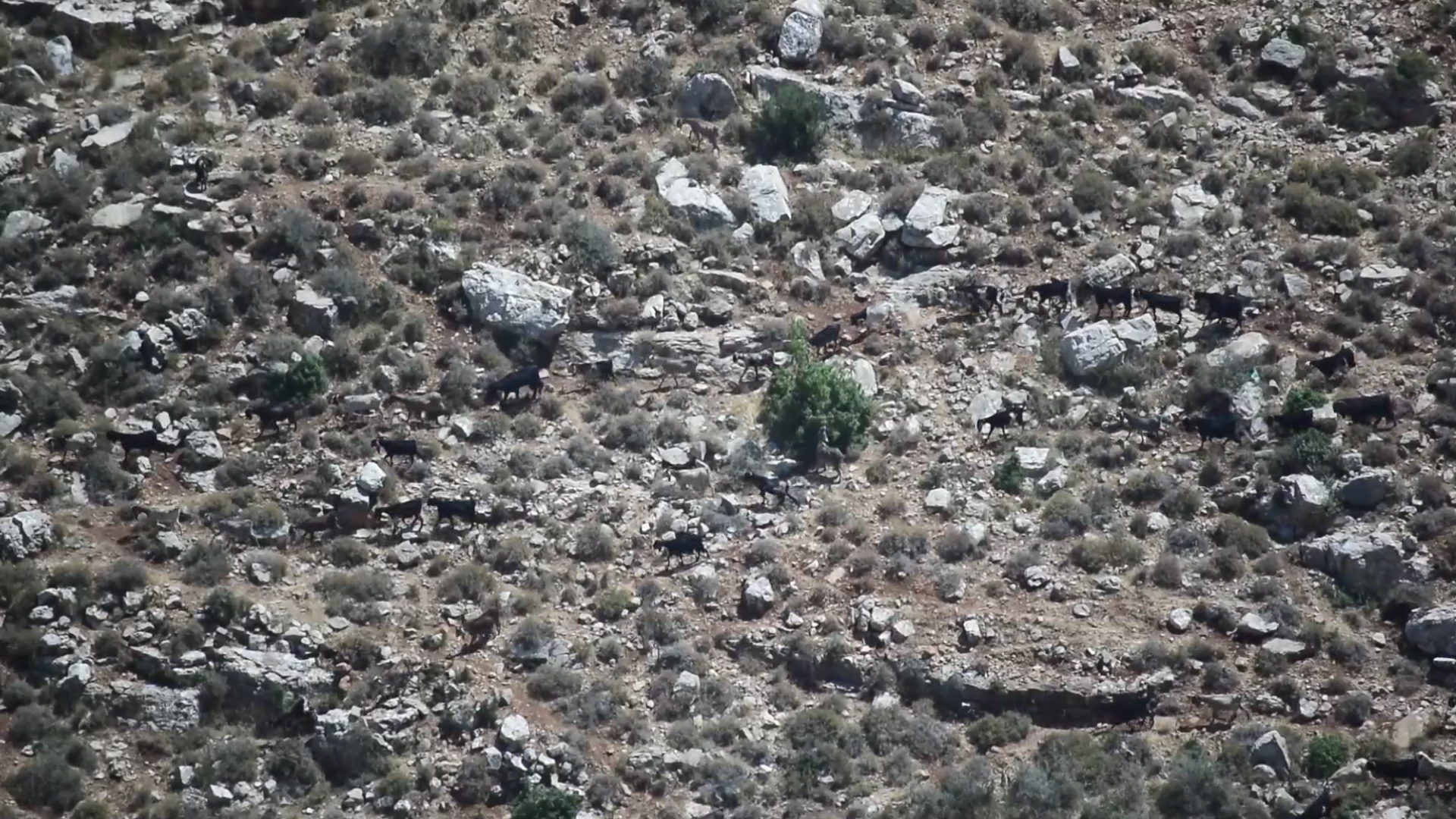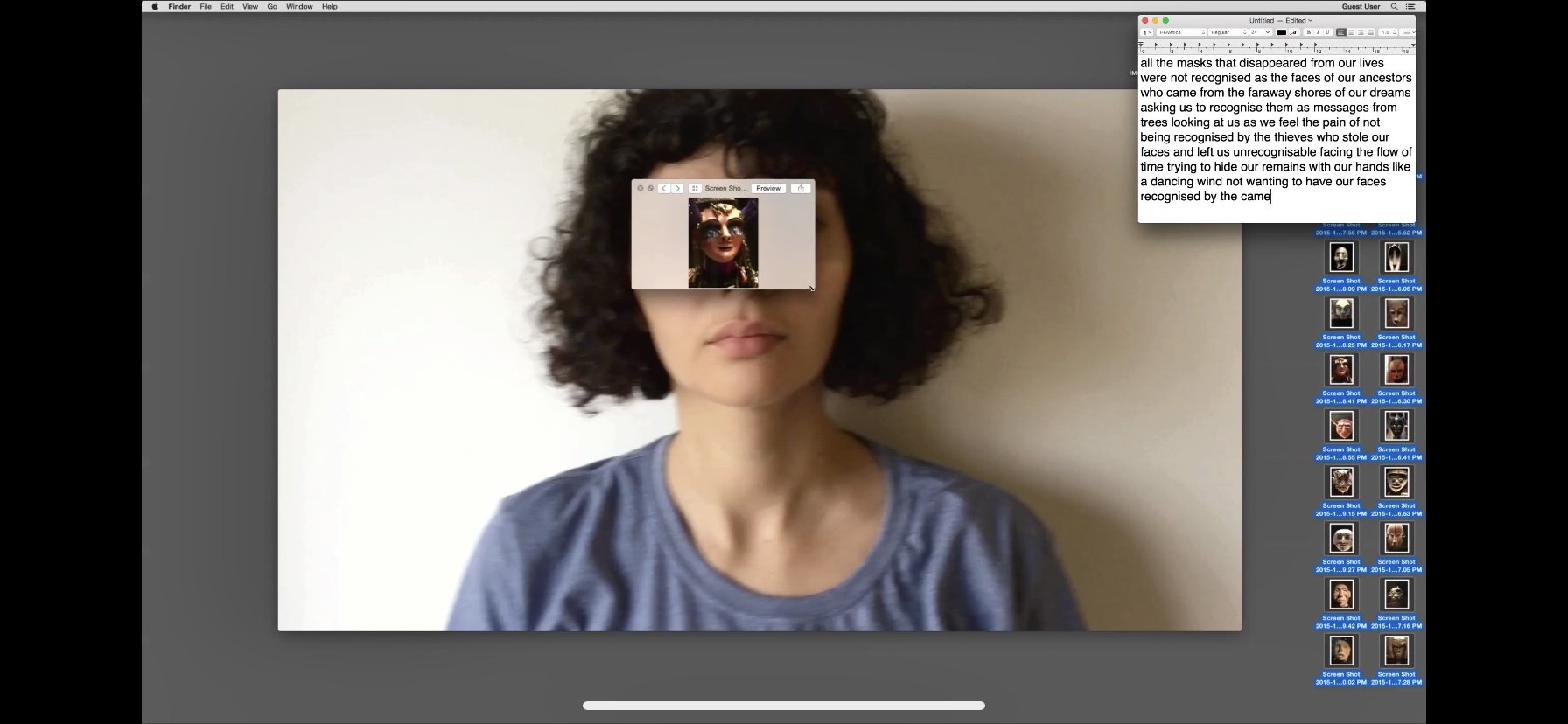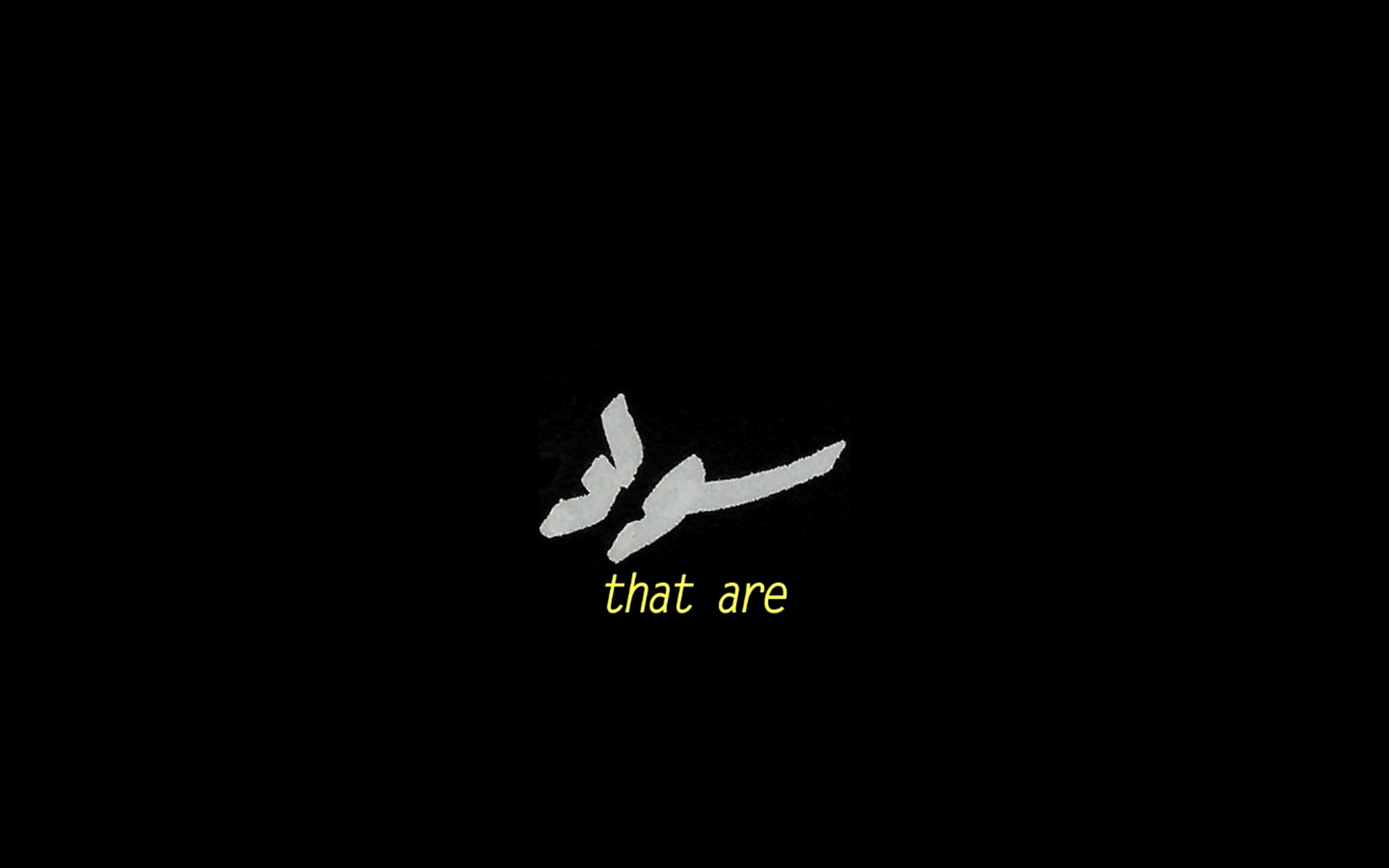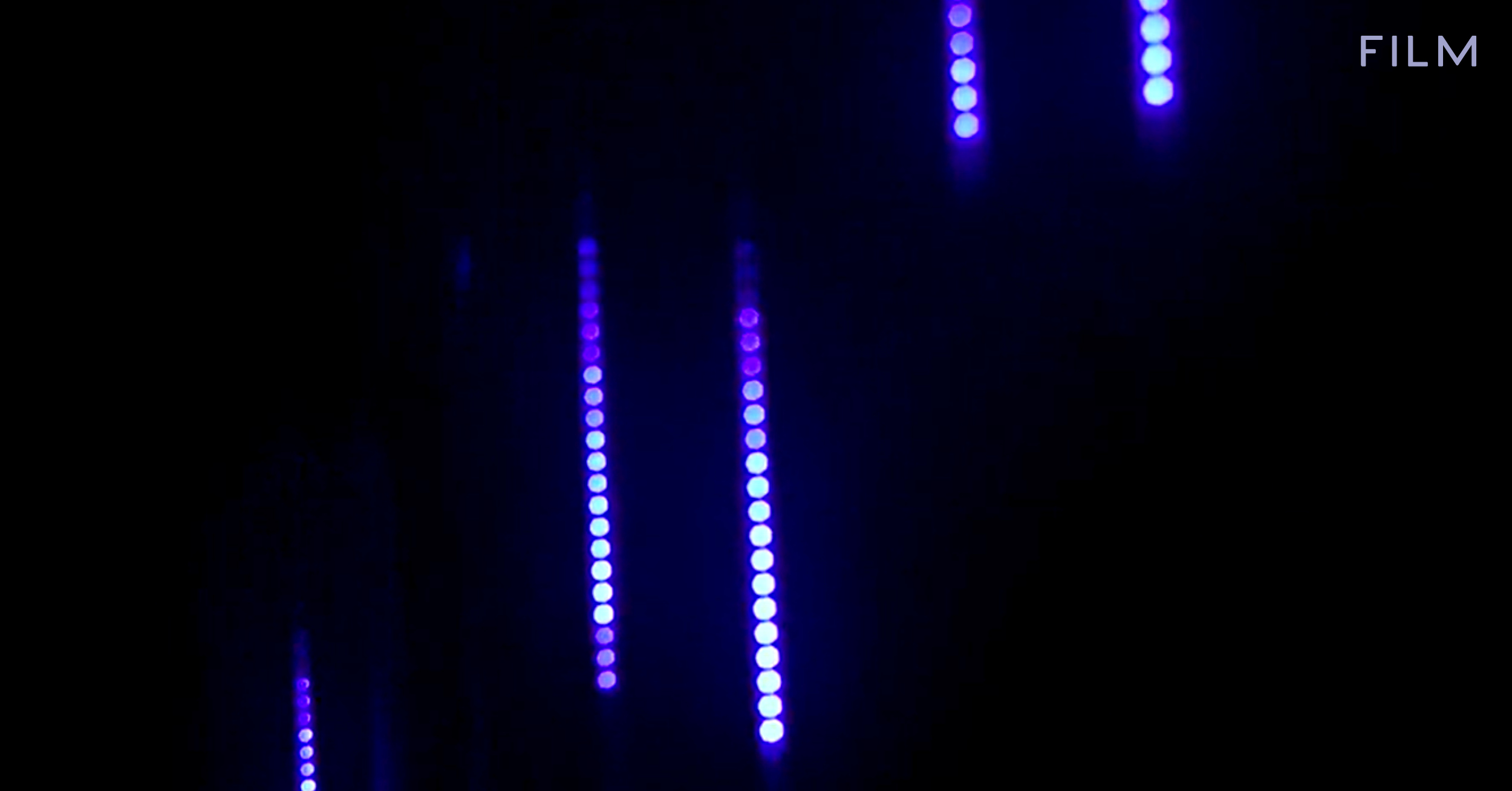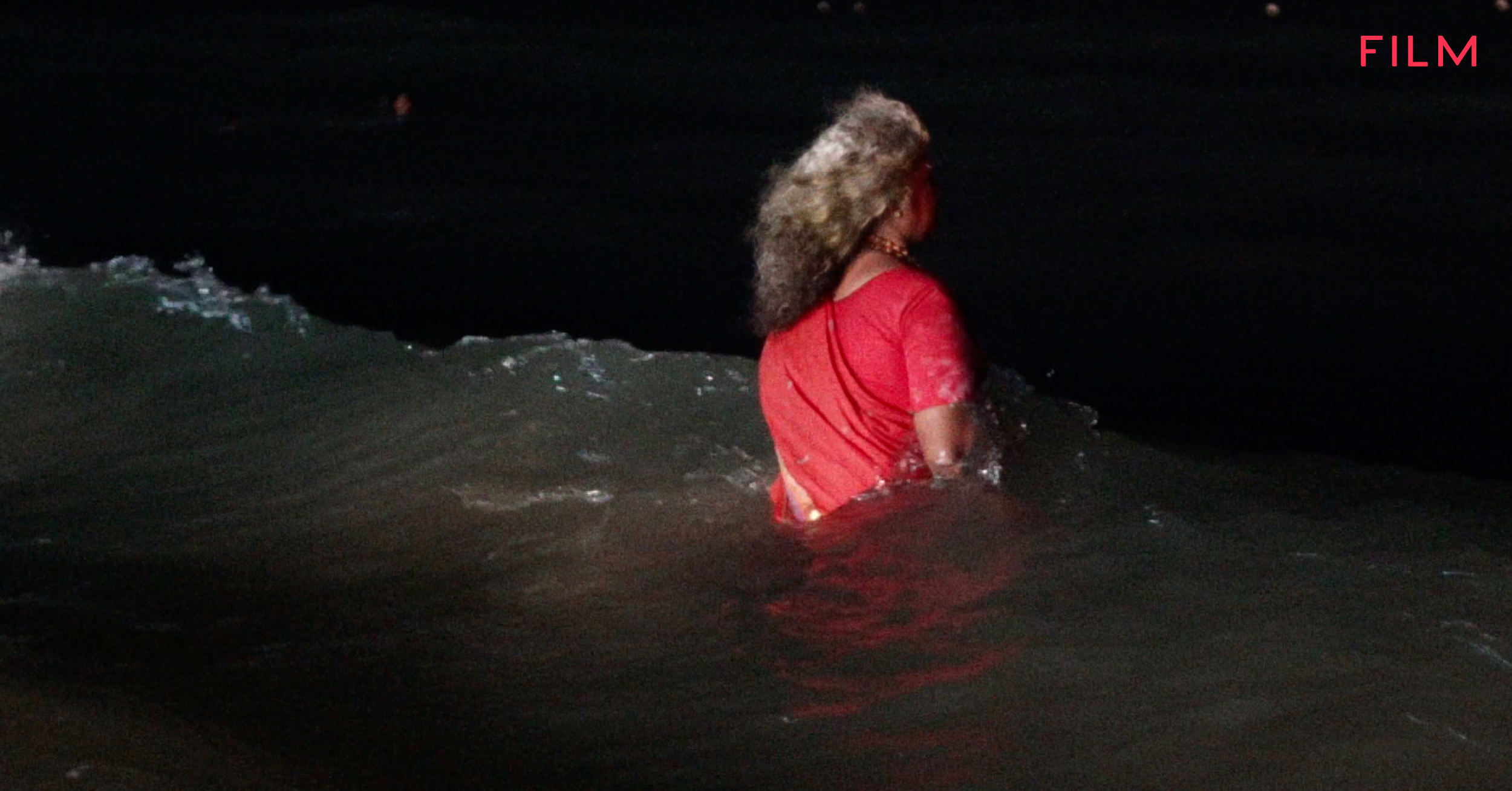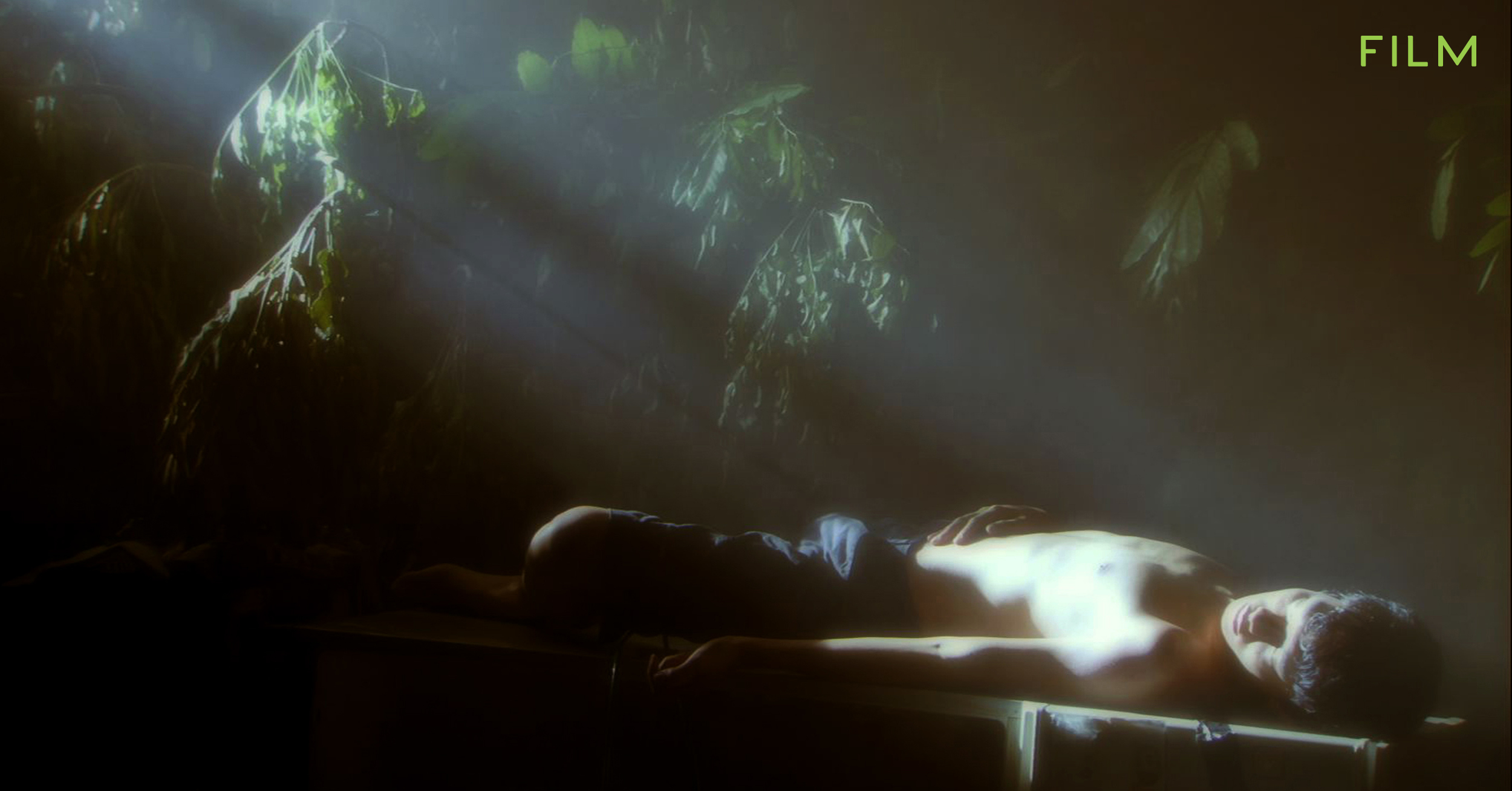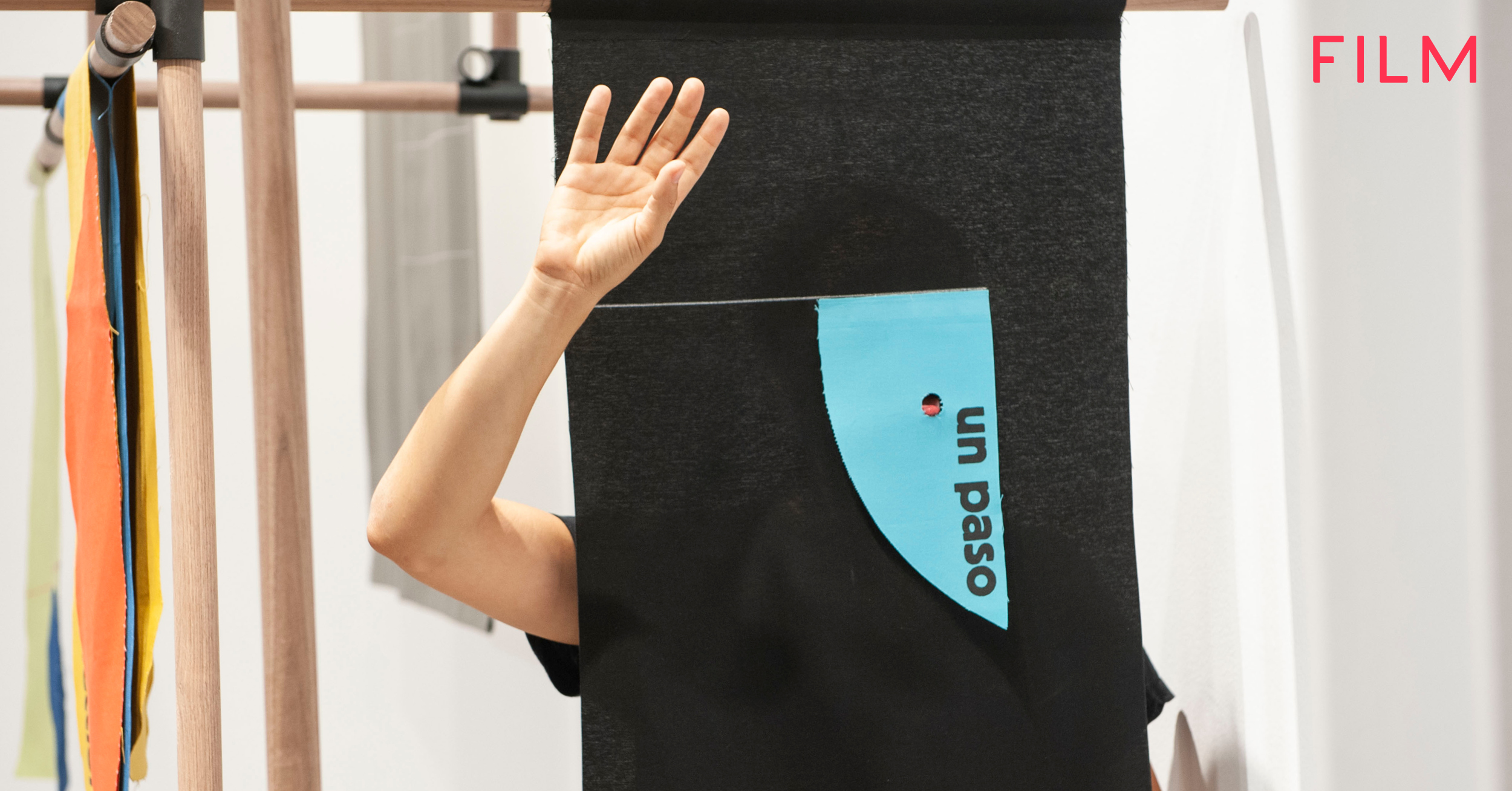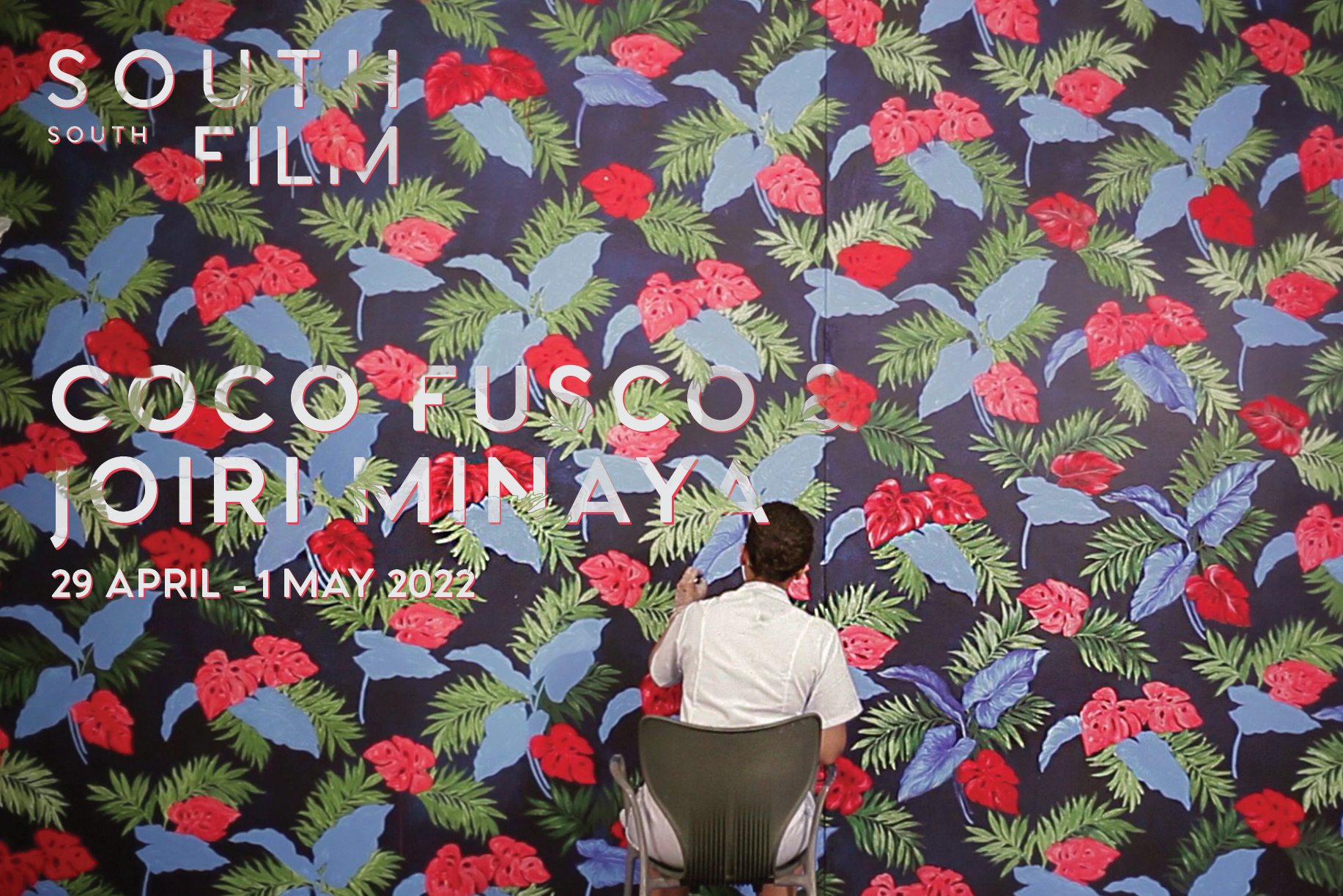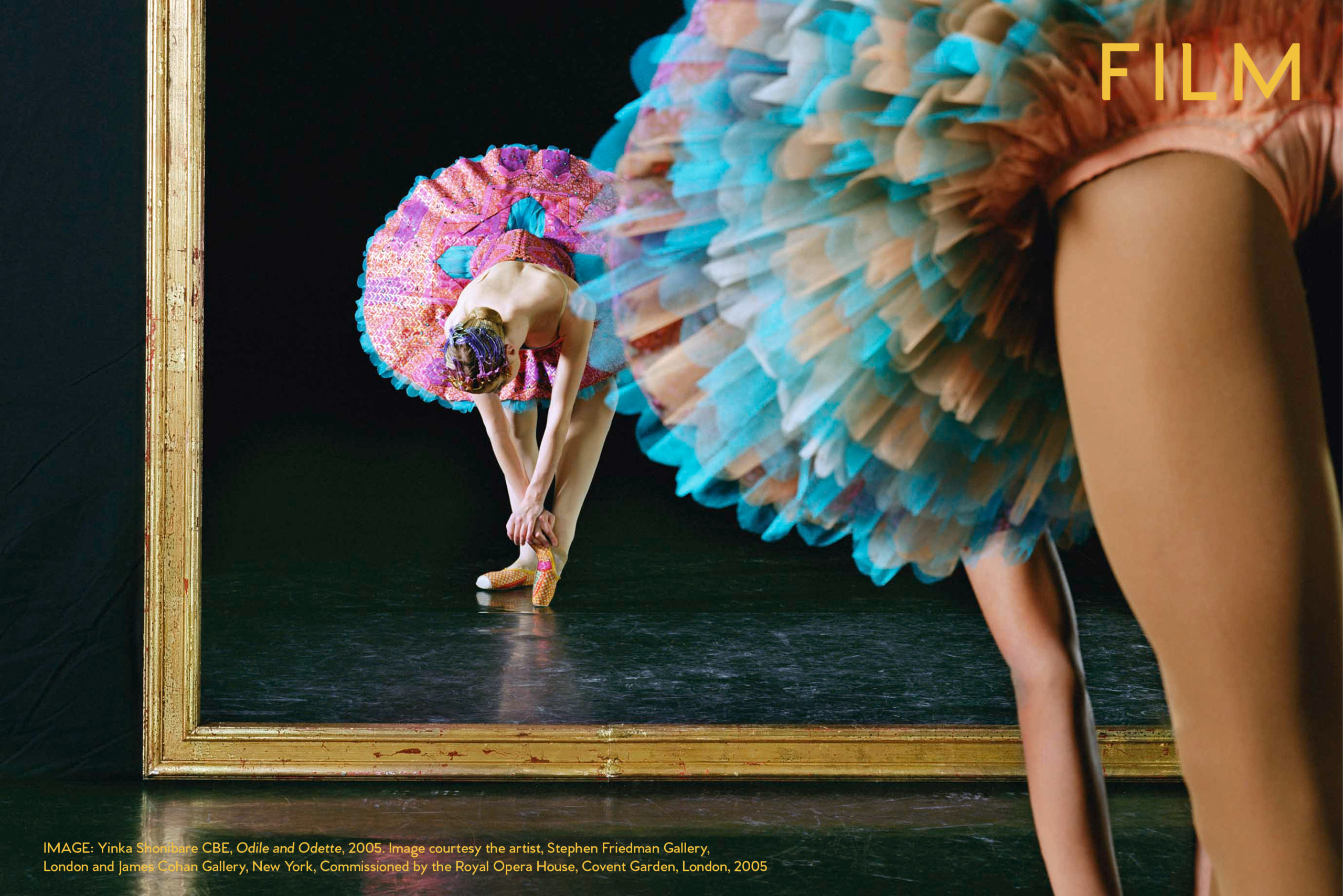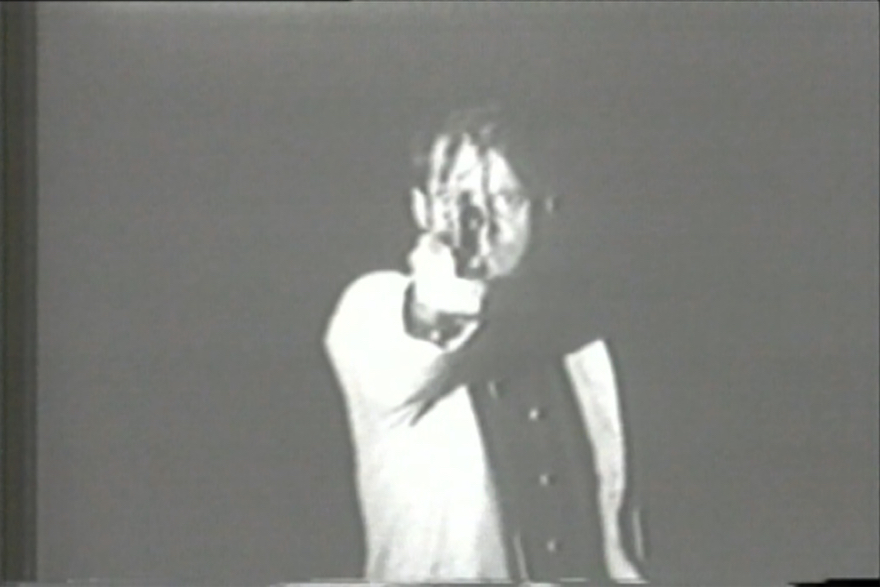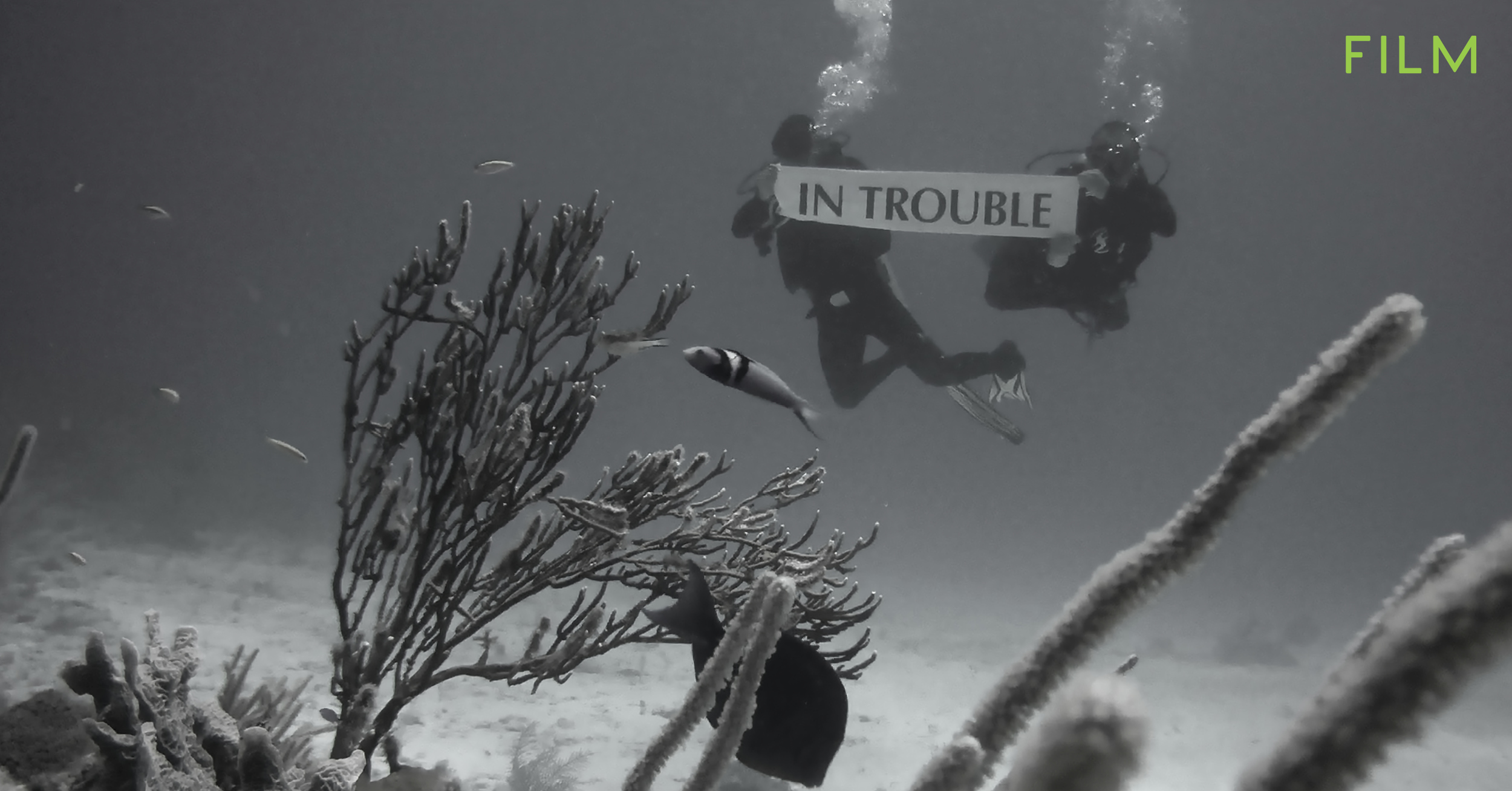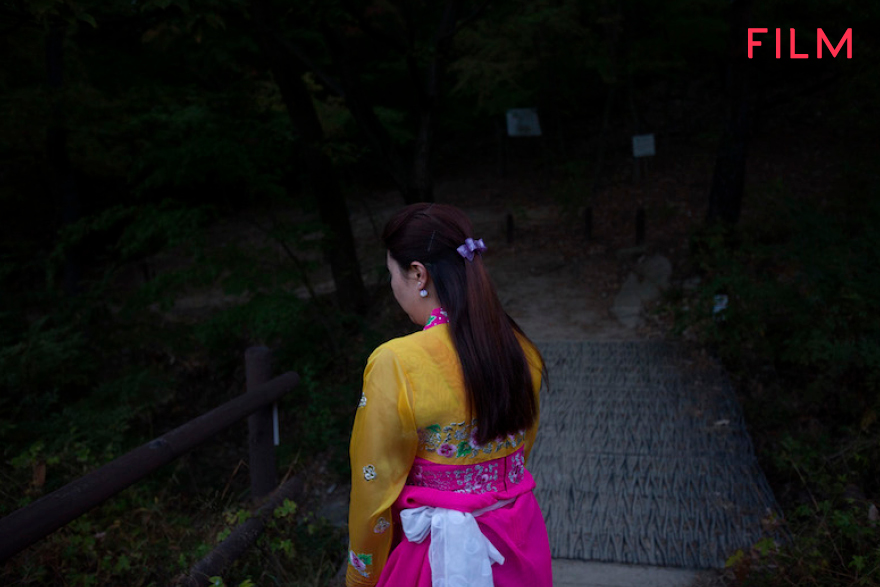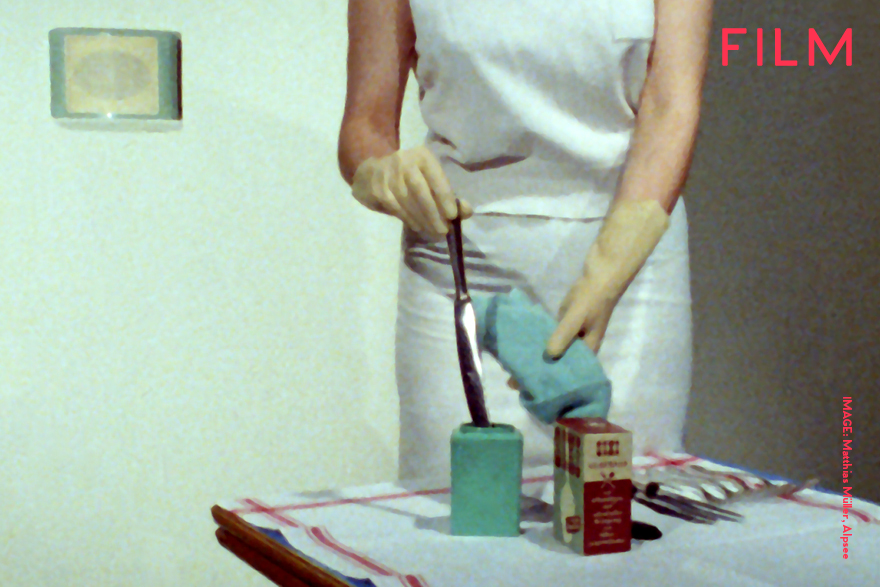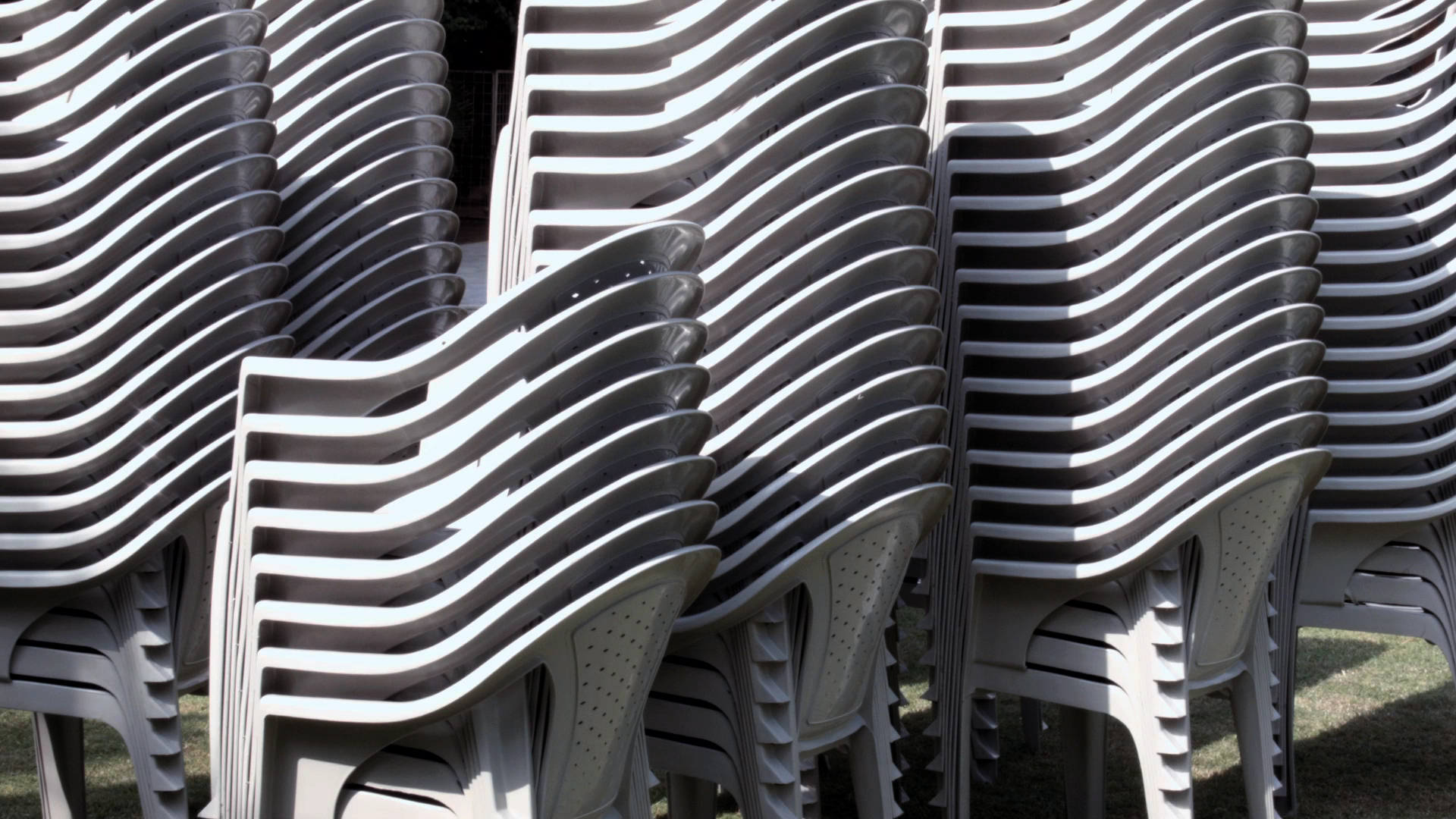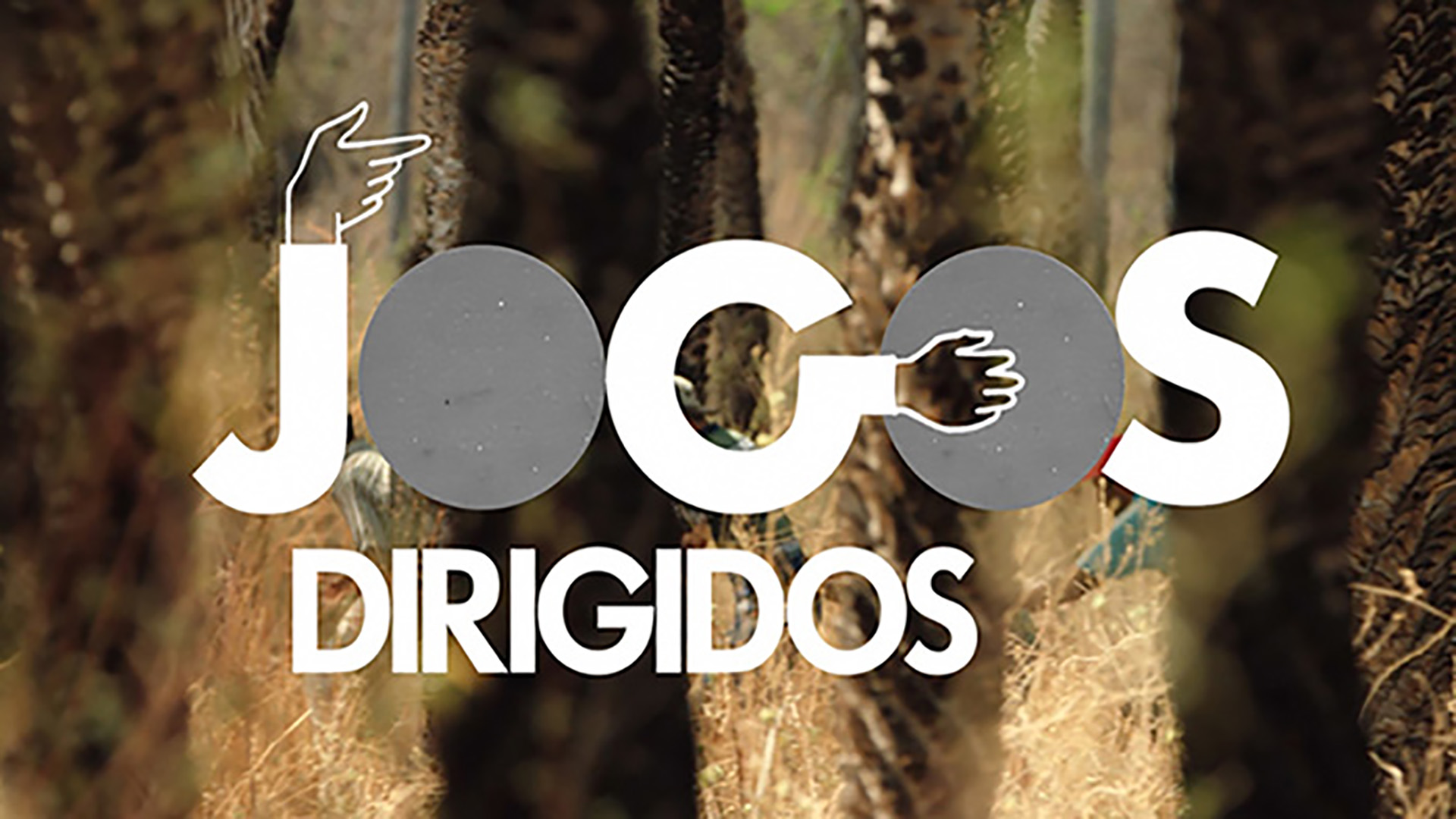SOUTH SOUTH FILM
Yazan Khalili
16 – 18 September, 2022
Films are viewable from Friday 16 September at 8am GMT. All films will remain active until end of day Sunday 18 September.
“Yes, contemporary art is not the production of the institution, but is rather the institution itself. The relationship between the structure of production and the product is very entangled. They both function on the same economic basis: proposal writing. It is a framework of thinking and an act of language that is always happening in the future tense: “The project aims to …,” “The work will …,” etc. Writing the proposal becomes part of the artwork itself. The person who knows how to explain the proposed piece, mainly in English, will be more likely to get grants. This process relies on the artist’s embeddedness in spaces that hold cultural capital, and not only on the artist’s or the work’s merit. The claim of equality in open calls for funded projects is contested.”
– Yazan Khalili
Artist courtesy Lawrie Shabibi
All the Images Looked Real
2019
6′ 42″
Video
The artwork is in endless draft mode.
The video stems out of a long engagement in Khalili’s practice with the question of the archive in the digital age. Not any archive, but an archive of a calamity. The questions addressed in the work are concerned with the exhibition of the material corpse of a catastrophe as evidence, as the undeniable truth. Would it be more appropriate in order to save the memory of this catastrophe to hide its material evidence and tell the stories orally? Where these stories mutate and are combined with ongoing catastrophes. Potentially the digital archive could be the medium with which this happens; through the dispersal of copies and their endless modification, memory is emancipated from the narrative of the institution. The existence of the archive in cyberspace reveals its fictive character. In the video the desktop becomes the landscape which the camera shoots and maneuvers in. We only see the image of the world mediated by the screen. The video attempts to reveal this mediated image, we see the image of the image of the image, until we are unsure if there is an ‘original’ image of the world. The form which the video takes works hand in hand with the issue of the copy that is addressed.
Hiding Our Faces Like a Dancing Wind
2016
7’30”
Video, no sound
How do we disappear in the digital age? this is a project that works with the facial recognition technologies in smart devices and its historical background in the colonial practices.
The work questions the use of technology and its tendency to typecast. In the video he features a woman’s face captured by a camera screen, which appears to confuse the facial recognition system so that a sequence of ethnographic masks interrupts the frame. This work recalls colonial mechanisms of racial classifications and the construction of historical narratives.
Blindness of Love
2013
1′ 58″
Video
This project was produced as part of /S:in/ festival 2013, curated by Lara Khaldi and Reem Shilleh.
A flickering, frame by frame video, showing one long sentence word by word in a fast rhythm.
This project is based on photos that were exposed to excess light, leaving a whiteness that witnesses the details of a disappeared love, prompting the question, “how does one regard the pain of the self?”.
How do I look at the pain that infected us when we parted hastily at a small cafe near a tree that observed us like a silent camera witnessing your sadness that tainted me when I told you that you can’t be in my life stretched like a ray of light from the sun to the blackness of my eyes that are blinded with love every time I see you walking returning approaching me like a photograph of a landscape appearing slowly in the detailed whiteness of a grim vertical sky akin to a cement wall unfurling from the landscape of a dry untouchable image to the landscape of your alienating face invisible to a deep painful pain for an image of a wall that reminds me of nostalgia burning all the images that contain you as excess of light burning my sight and insight hiding the details of a life scattered in the folds of this infinite question that i have been running towards since light penetrated my insides… hesitant, adrift, scared… how do I look at my pain?
ABOUT THE ARTIST
Yazan Khalili (b. 1981) works in and out of Palestine, currently based in Amsterdam, Netherlands.
He is an architect, visual artist, and cultural producer. His works have been exhibited in several major exhibitions including Documenta, KW, Berlin 2020, MoCA Toronto 2020, New Photography, MoMA 2018, Jerusalem Lives, Palestinian Museum 2017, Post-Peace, Kunstverein Stuttgart 2017, Shanghai Biennial 2016, and the Sharjah Biennial 2013.
Yazan Khalili received a degree in architecture from Birzeit University in 2003 and in 2010 received his MA degree from the Centre for Research Architecture at Goldsmith’s College, University of London. In 2015 he earned his MFA degree at Sandberg Institute, Rietveld Academy, Amsterdam. He was one of the founding members of Zan Design Studio (2005-2010). He was the production coordinator for Sharjah Biennials 9 & 10, and the technical director of the inaugural exhibition of the Palestinian Museum “Jerusalem Lives” (2017). He co-curated the Young Artist of the Award (YAYA) 2012, The City | The Image symposium with Goethe Institute, Ramallah 2012, The Long Journey exhibition, the UNRWA Audio-Visual archive for Palestine refugees, in 2013, and Debt exhibition at KSCC in 2018. In 2015, he co-organized Walter Benjamin in Palestine workshop and symposium, and Marx: The Ultimate Contemporary 2018.
He is the winner of Extract V young artist prize 2015. He has been the artistic director of Khalil Sakakini Cultural Centre between 2015 until the end of 2019, and co-founder of Radio Alhara, Currently he is the Co-Chair of Photo discipline at MFA program at Bard College, NY, a Phd Candidate at Amsterdam School for Cultural Analysis, UvA, and guest artist in residence at Rijksakademie, Amsterdam.
His writings and photographs have been published and featured in several publications, including eflux journal, Assuming Boycotts, WDW Magazine, Kalamon, Manifesta Journal, Frieze Magazine, Race & Class, C-Print, Ibraaz, Contemporary Art: World Currents, and the Subjective atlas of Palestine.

